Is yours a healthy home – how can you tell?
By Nadine Samwell, Eco Edition
Did you know that we spend 69 years of our life indoors and 54 of those years are spent inside our homes? This time increases if we also work from home, and it increases again depending on where we live and what the weather is like.
It’s a shocking statistic that should make us care more about what we put inside our homes. We typically choose our home’s materials, finishes, furniture and homewares based on how they look and what we can afford, however we should also consider what these things are made from and what impact they can have on our health and the environment.
How our homes can make us unhealthy.
Our homes are made from a smorgasbord of materials, textures and smells, especially if we are renovating or have recently built a new home. Every material is made from ingredients which may or may not be good for us or the indoor air quality, and poor indoor air quality can make us sick.
Poor indoor air quality can be caused by a number of factors such as moisture, smog, traffic pollution and bushfires, to name a few. We can’t always control how these factors impact the inside of our homes, but we can control what we choose to use when we renovate or build our homes, once we know the right materials and finishes to buy. These choices can have a big impact on improving indoor air quality.
The vast majority of materials and finishes we typically use in our homes can start polluting the air inside your home from the moment it’s installed for up to six months to two years! The components or ingredients used even in the most seemingly ordinary and commonplace materials might be made from chemicals which can create a very unhealthy home, unless you know what to look out for. For example, some carpets are treated with a mix of chemicals including stain-repellents, anti-microbials and flame retardants which may cause more harm to your health than the benefits they provide.
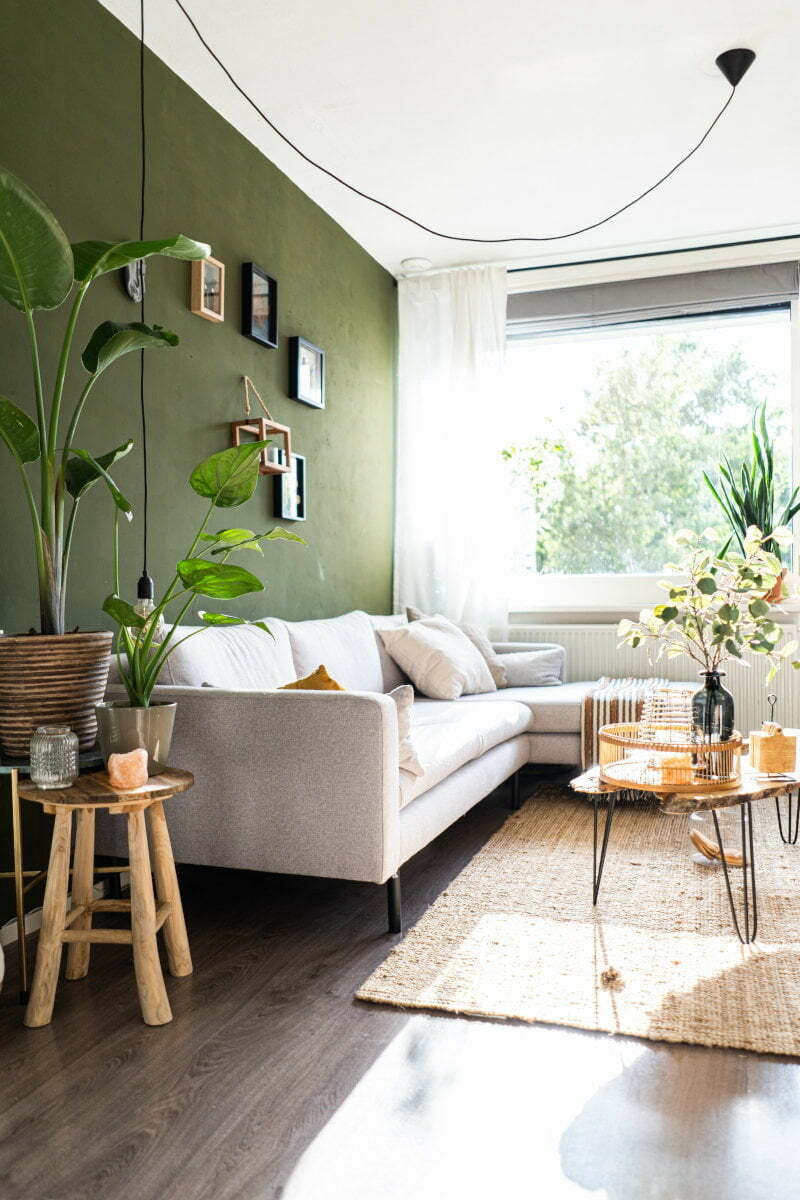
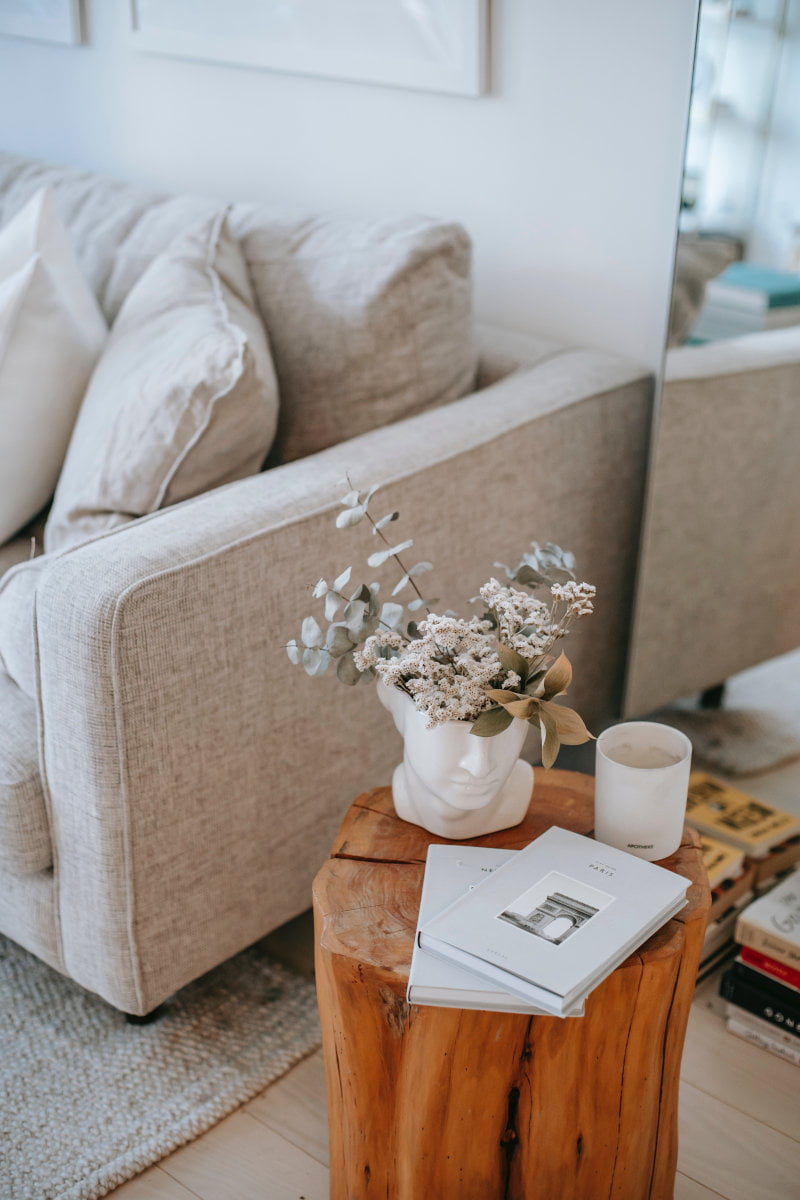
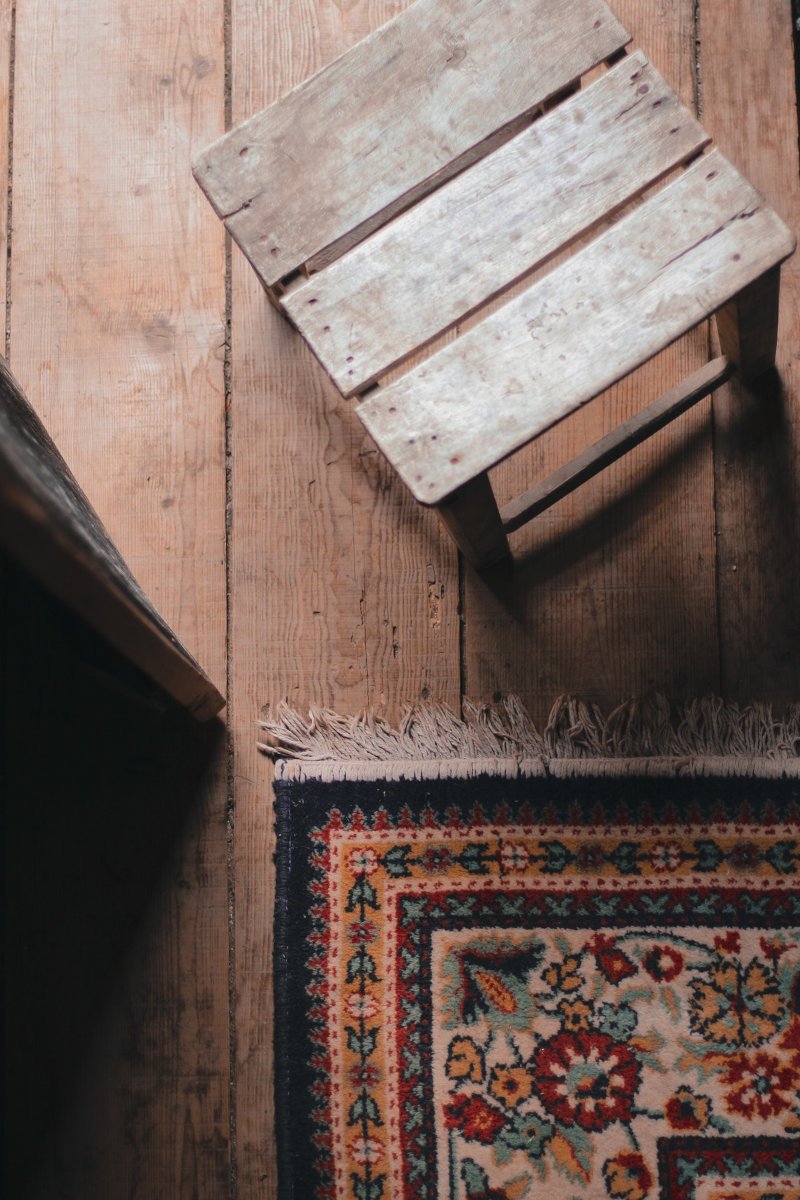
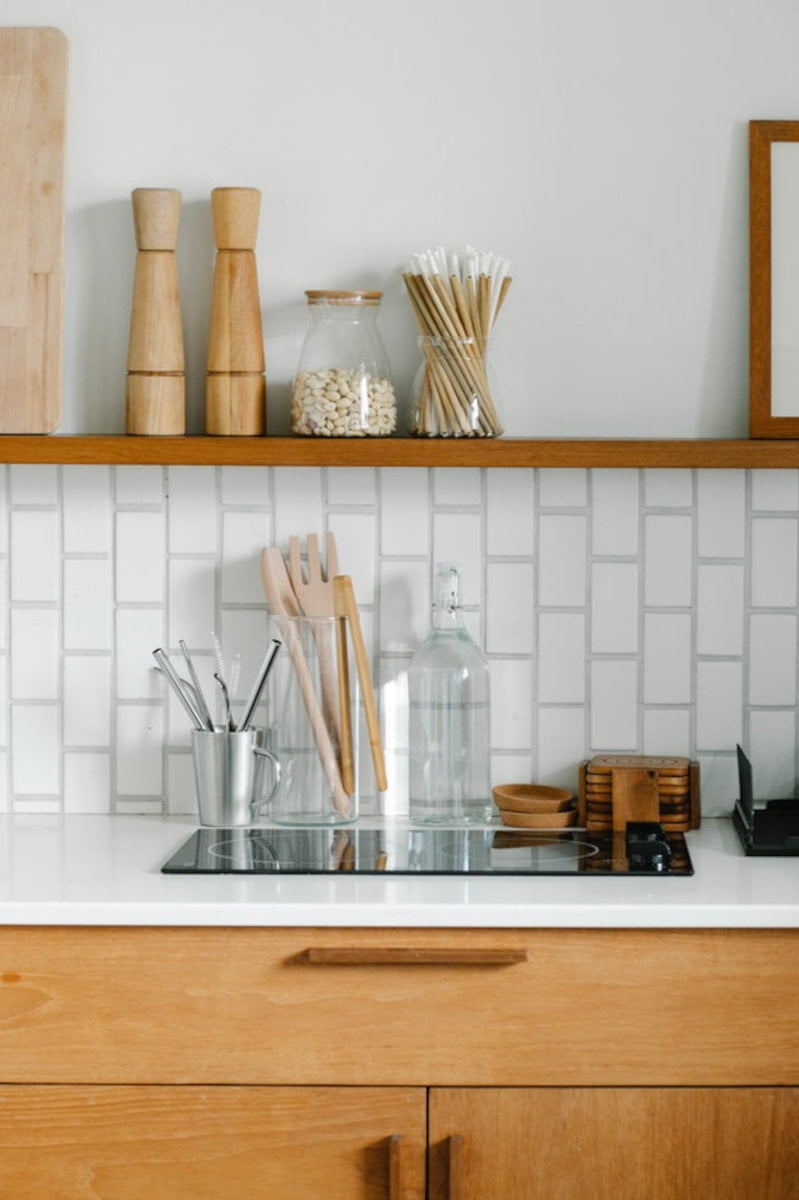
These new materials or finishes will release Volatile Organic Compounds (VOCs) as an airborne and invisible vapour inside our homes. Have you ever walked into a freshly-painted room and noticed the new paint smell? That is the smell of VOCs being released, or off-gassing. Some of these VOCs are perfectly safe but there is a very long list of ones that are not, and aside from the smell which is produced by the VOCs, you’d be none the wiser it was happening. Until, perhaps you started getting headaches, feel dizzy, get eczema, a sore throat or lethargy. Depending on what materials and finishes you’ve used, long term exposure may cause damage to the liver, kidneys and the possibility of causing certain cancers. Everyone reacts differently to them but some people, especially small children and people with chemical sensitivities may be more seriously affected.
Improving air quality in your home can be quite simple.
Here are some basic tips:
- Buying materials and finishes low in VOCs
- Opening windows and letting fresh air move through your house
- Airing out the bathroom after showers and baths to avoid mould or mildew forming
- Cleaning off mould or mildew as soon as you notice it forming
- Keeping your house clean by regularly dusting and vacuuming.
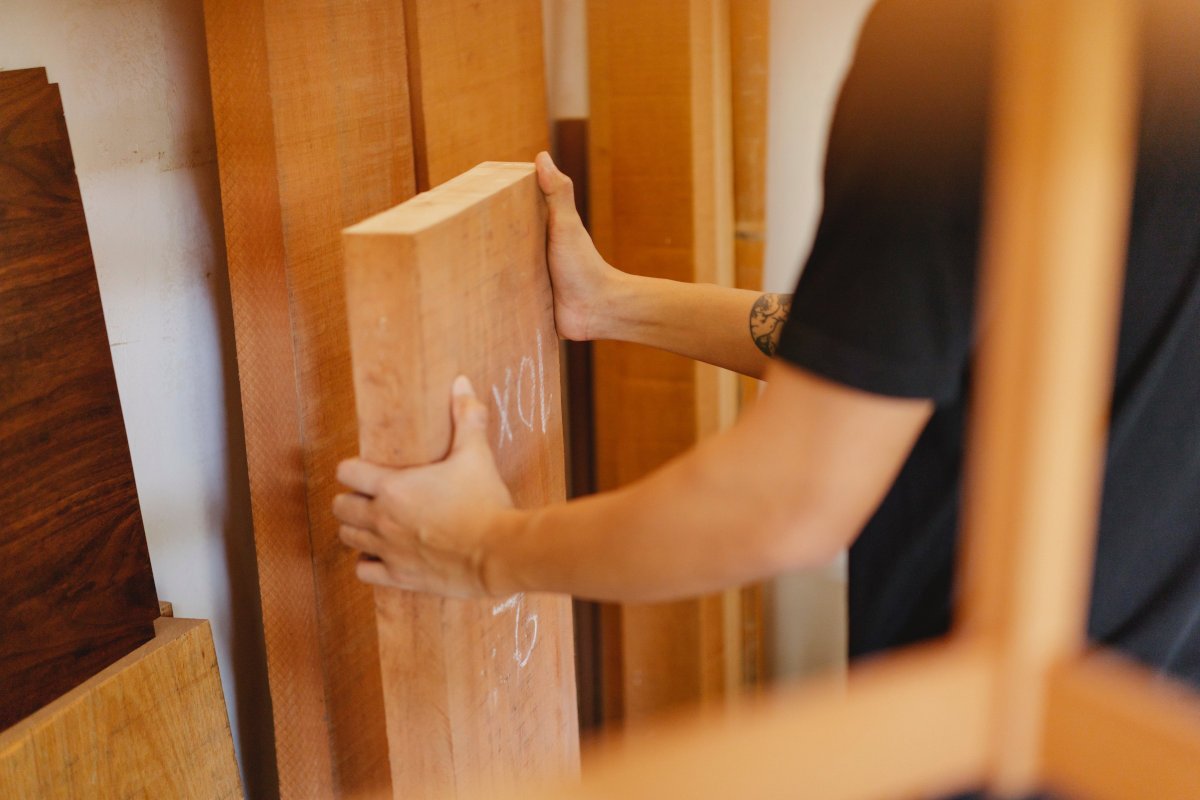
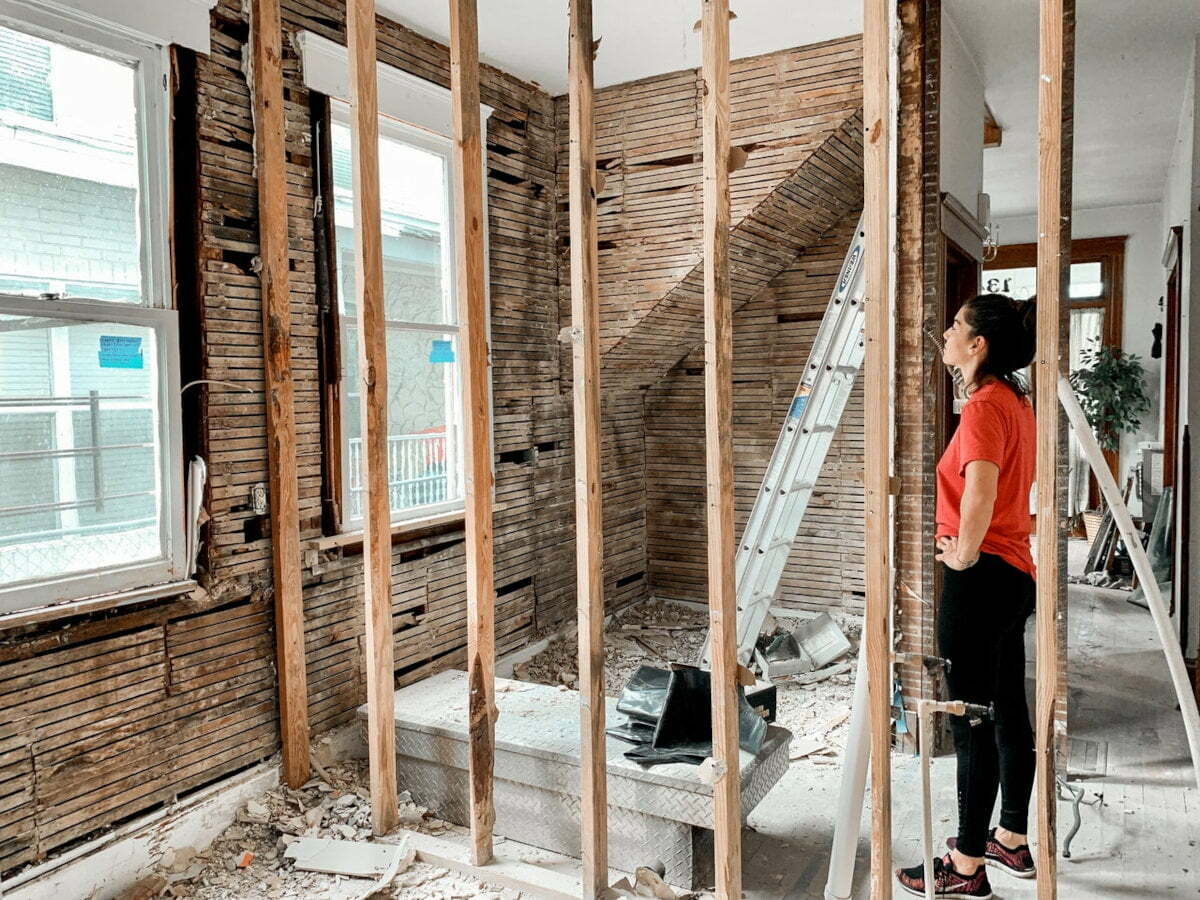
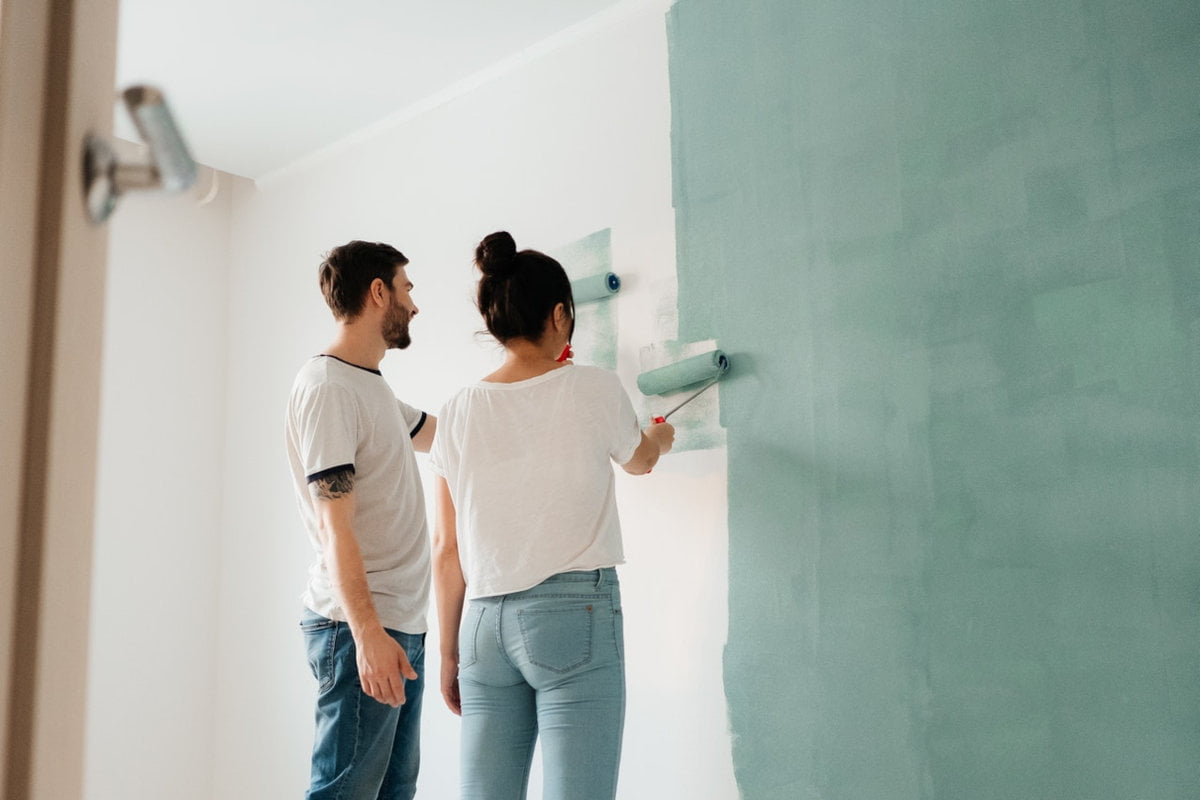
Living sustainably will make you happier!
Working towards living a sustainable life can give us a strong sense of purpose and we can feel fulfilled and happy when we are making a positive difference to the world around us. Aside from daily activities such as recycling, reducing waste, conserving water or electricity, anything we buy to renovate or build our homes with can also have an impact on the environment – and it’s our choices that will determine whether this impact is a good one or not.
A sustainable material has been made in a way which respects the environment through every stage of its production and there is an ever-growing list of new manufacturers and suppliers hitting the market with materials and finishes for the interiors of our homes. Gone are the days when creating a sustainable home was difficult because of a small amount of choices. Today we have many gorgeous options if we just know what to look for and where to find them. Earlier in this article I mentioned paint, and there are many new paints on the market which are completely free of VOCs or have very low amounts. Another great sustainable choice is solid timber floorboards. If the timber is sourced from a sustainably managed forest and has been treated with a low VOC protective coating – this is one of the most sustainable options we can choose for our homes, especially if the timber is recycled. Plus, a timber floor will provide your home with much-loved character and it can add to its resale value too.
If you’d like to learn more about sustainable and healthy materials, come along to the Sustainable Futures Festival on 11 September and join my free workshop where I’ll show you how to choose the right materials for your home.
Nadine Samwell, Founder & Editor

Useful links:


